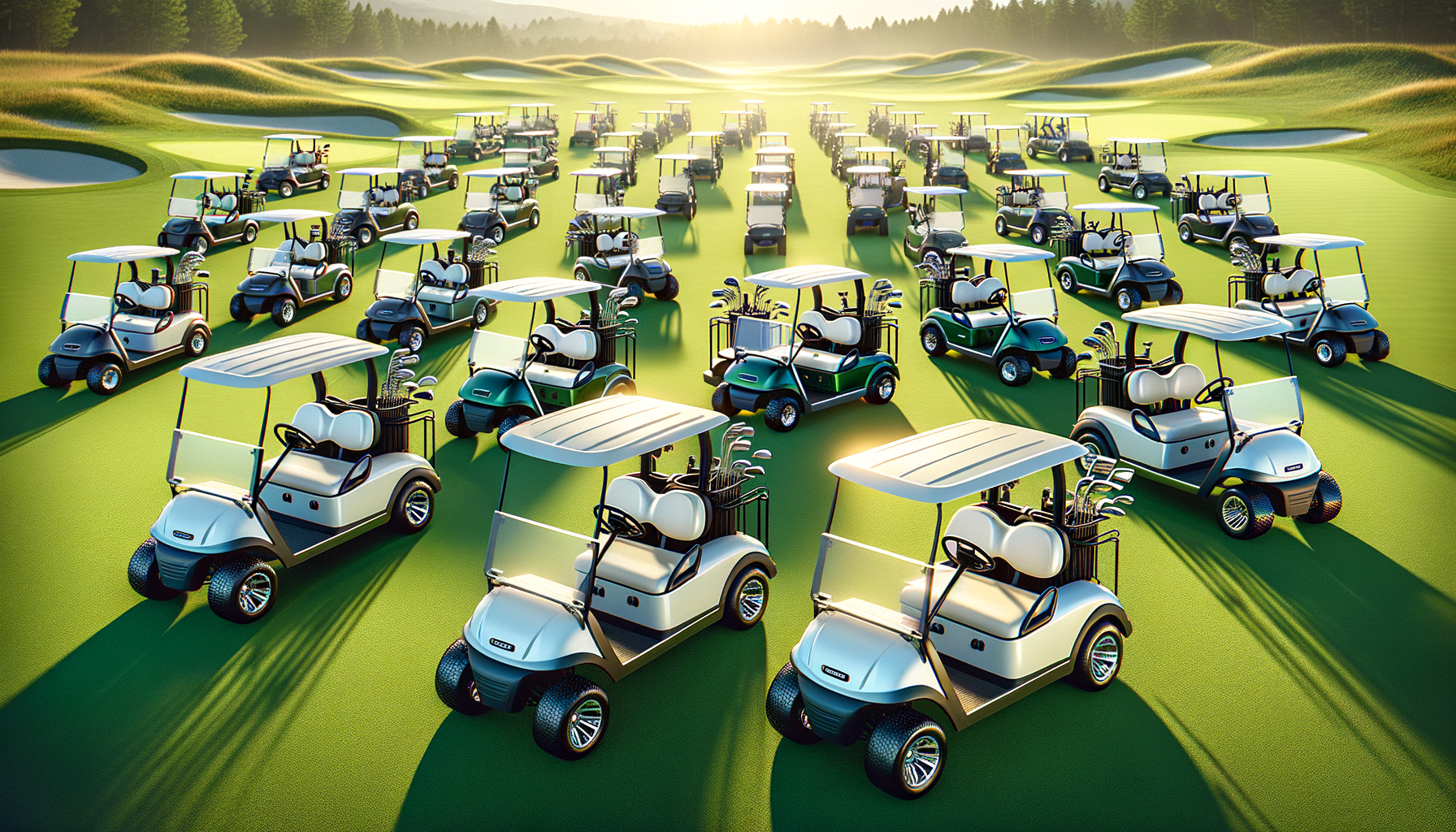Understanding Outdoor Canopies
Outdoor canopies are versatile structures designed to provide shelter and protection from the elements. These structures are commonly used in a variety of settings, from backyard gatherings to large-scale events. The primary purpose of an outdoor canopy is to offer a shaded area that can protect individuals from the sun’s harsh rays, rain, and even wind. By creating a comfortable outdoor environment, canopies enable people to enjoy the outdoors without the discomfort of direct exposure to the weather.
There are several types of outdoor canopies, each designed for specific purposes. Some popular types include pop-up canopies, which are portable and easy to set up, and permanent canopies, which are more robust and designed for long-term use. The choice of canopy often depends on the intended use, the frequency of use, and the environmental conditions of the area.
In addition to providing shelter, outdoor canopies can also enhance the aesthetic appeal of a space. They come in a variety of designs, colors, and materials, allowing users to choose a canopy that complements their outdoor decor. Whether for a casual backyard barbecue or a formal wedding reception, an outdoor canopy can transform any outdoor space into an inviting and functional area.
Materials and Construction
The materials used in the construction of outdoor canopies play a crucial role in their durability and effectiveness. Common materials for canopy frames include aluminum, steel, and fiberglass. Aluminum is lightweight and resistant to rust, making it a popular choice for portable canopies. Steel, on the other hand, offers greater strength and stability, ideal for more permanent structures.
Canopy covers are typically made from materials such as polyester, polyethylene, and vinyl. Polyester is a favored choice due to its durability and resistance to UV rays, while polyethylene is known for its water resistance and affordability. Vinyl, although heavier, provides superior protection against rain and is often used in high-quality canopies.
When selecting a canopy, it’s essential to consider the environmental conditions it will face. For instance, in areas prone to heavy rain, a canopy with a waterproof cover and a sturdy frame is advisable. Additionally, UV-resistant materials are crucial for canopies used in sunny climates to prevent fading and degradation over time.
Applications and Benefits
Outdoor canopies serve a wide range of applications, making them invaluable for both personal and commercial use. In residential settings, they provide shade for patios, gardens, and swimming pools, creating comfortable areas for relaxation and entertainment. For commercial purposes, canopies are often used at events such as weddings, festivals, and trade shows, offering shelter for guests and displays.
The benefits of using outdoor canopies extend beyond mere protection from the elements. They can help reduce energy costs by providing shade that keeps spaces cooler, reducing the need for air conditioning. Canopies also offer a measure of privacy, creating defined spaces within open areas.
Moreover, outdoor canopies can enhance the usability of outdoor spaces. By providing a sheltered area, they allow activities to continue regardless of weather conditions, increasing the versatility and functionality of any outdoor setting.
Choosing the Right Canopy
Selecting the right outdoor canopy involves considering several factors to ensure it meets your needs. The size of the canopy is a primary consideration, as it must fit the intended space and accommodate the expected number of users. It’s also important to assess the ease of setup and portability if the canopy will be moved frequently.
Budget is another crucial factor. While there are affordable options available, investing in a higher-quality canopy can offer greater durability and longevity, ultimately providing better value. It’s also advisable to consider any additional features, such as sidewalls, which can offer extra protection and privacy.
Finally, it’s essential to research and read reviews of different canopy models. This can provide insights into the experiences of other users and help identify potential issues or advantages of specific products. By carefully evaluating these factors, you can choose a canopy that perfectly aligns with your requirements.
Maintenance and Care
Proper maintenance and care are vital for extending the life of an outdoor canopy. Regular cleaning is essential, particularly for the canopy cover, which can accumulate dirt, mold, and mildew over time. Most canopy covers can be cleaned with mild soap and water, but it’s important to follow the manufacturer’s instructions to avoid damage.
Storing the canopy correctly when not in use is equally important. Ensure that the canopy is dry before storing it to prevent mold growth. For portable canopies, storing them in a protective bag can help prevent damage during transportation and storage.
Inspecting the canopy regularly for signs of wear and tear is also crucial. Check for any rust on metal frames and repair or replace damaged parts promptly to maintain the canopy’s integrity. By following these maintenance tips, you can ensure that your outdoor canopy remains in excellent condition for years to come.






